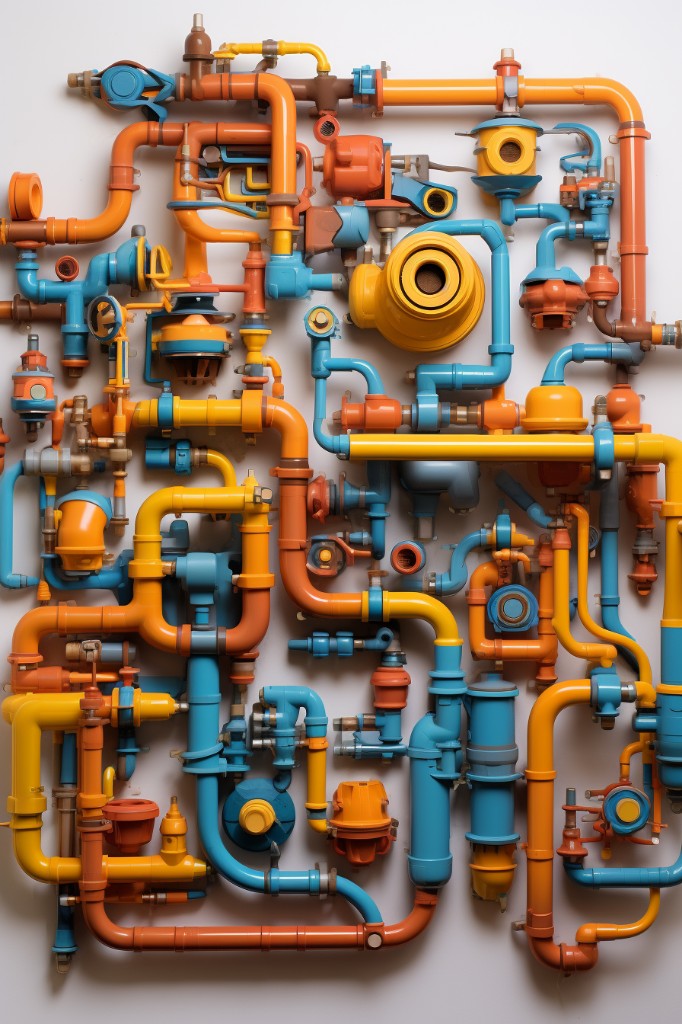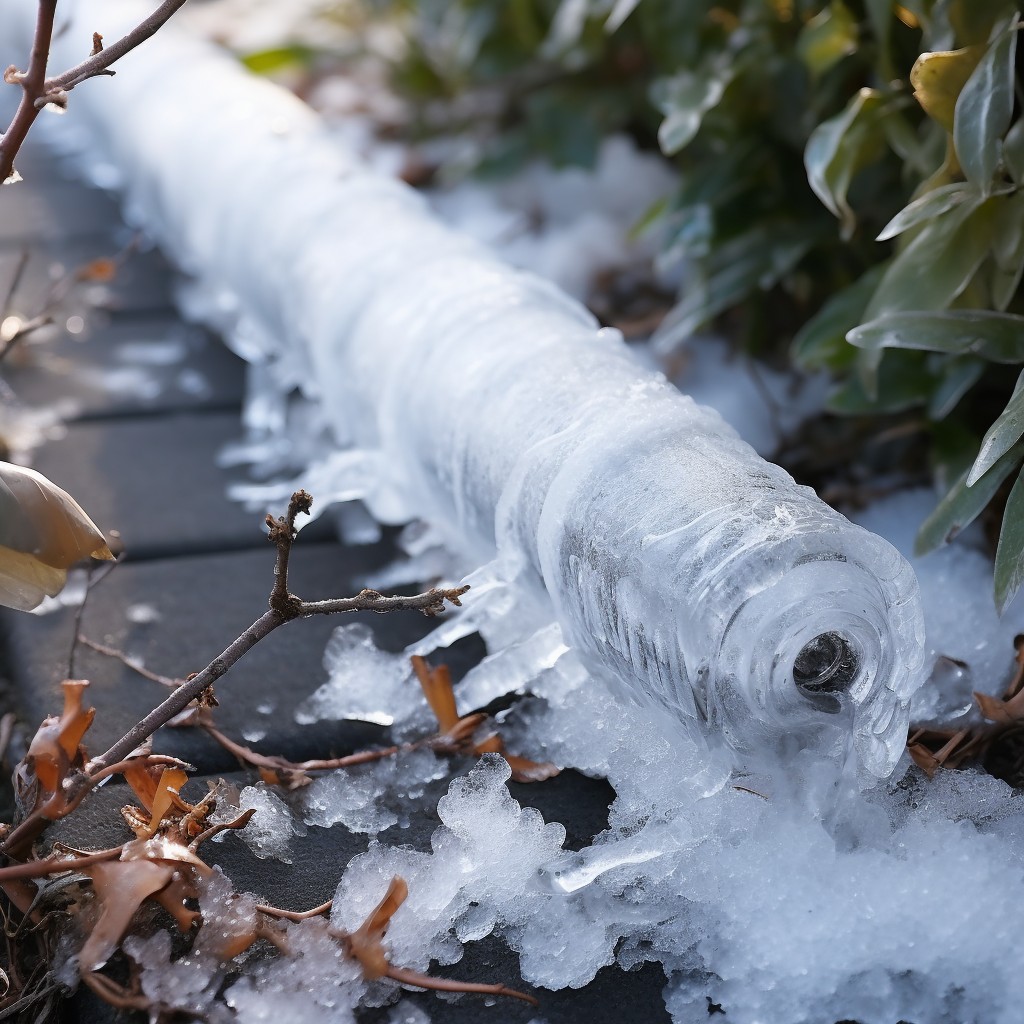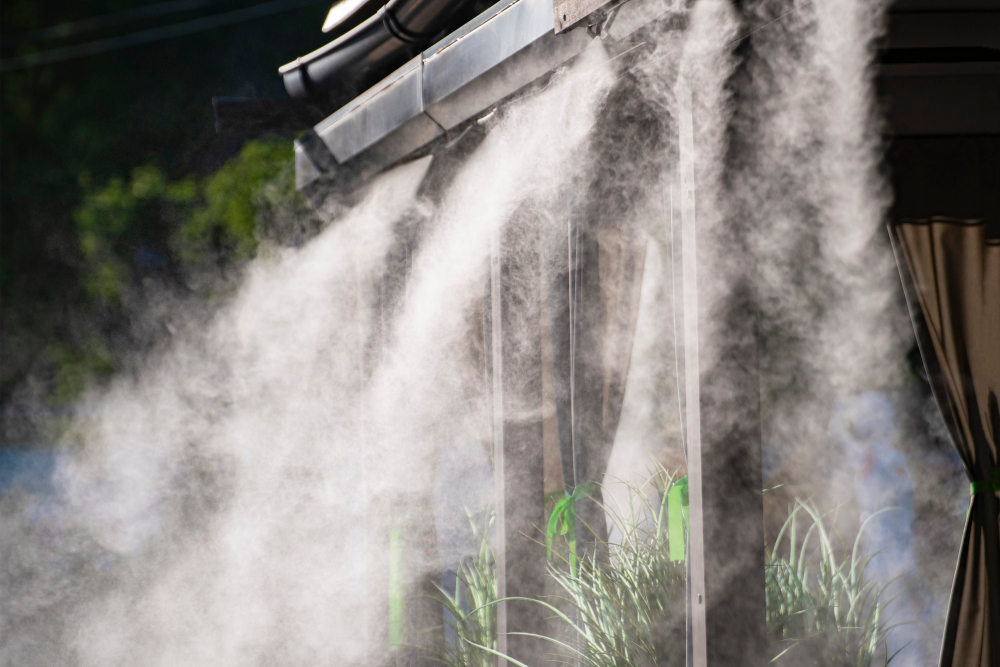Last updated on
Discover various effective alternatives to brazing AC lines, ensuring a secure and efficient cooling system for your home or office.
If you’re a DIY enthusiast or a seasoned HVAC technician, you know that brazing AC lines can be a challenging and time-consuming process. Not to mention the cost of equipment and materials needed for this task.
But what if we told you there are alternative ways to connect your AC lines without brazing? Yes, it’s possible! In this article, we’ll explore some of the most effective alternatives to brazing AC lines that can save you time and money while still achieving optimal performance. So whether you’re looking for more convenient options or just want to explore new techniques, keep reading!
Reasons to Seek Brazing Alternatives
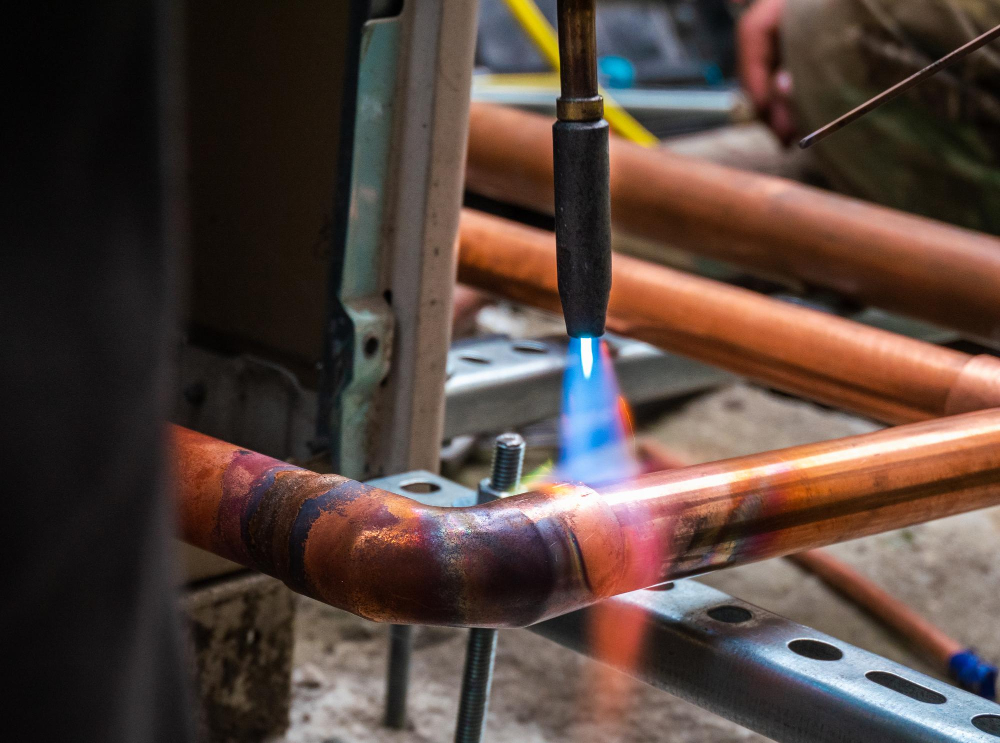
There are several reasons why you might want to seek brazing alternatives. For one, brazing requires specialized equipment and materials that can be expensive and difficult to obtain.
The process of brazing can be time-consuming and labor-intensive, which may not be ideal if you’re working on a tight schedule or budget.
Another reason to consider alternative methods is safety concerns associated with using an open flame during the brazing process. Brazed joints also tend to have higher leak rates than other types of connections due to their rigid nature.
Moreover, some HVAC systems require frequent maintenance or repairs that involve disconnecting AC lines multiple times over their lifespan; in such cases where repeated disconnections are necessary – like when replacing compressors – mechanical couplings offer more convenience as they allow easy reconnection without requiring additional solder work.
Understanding the Brazing Process
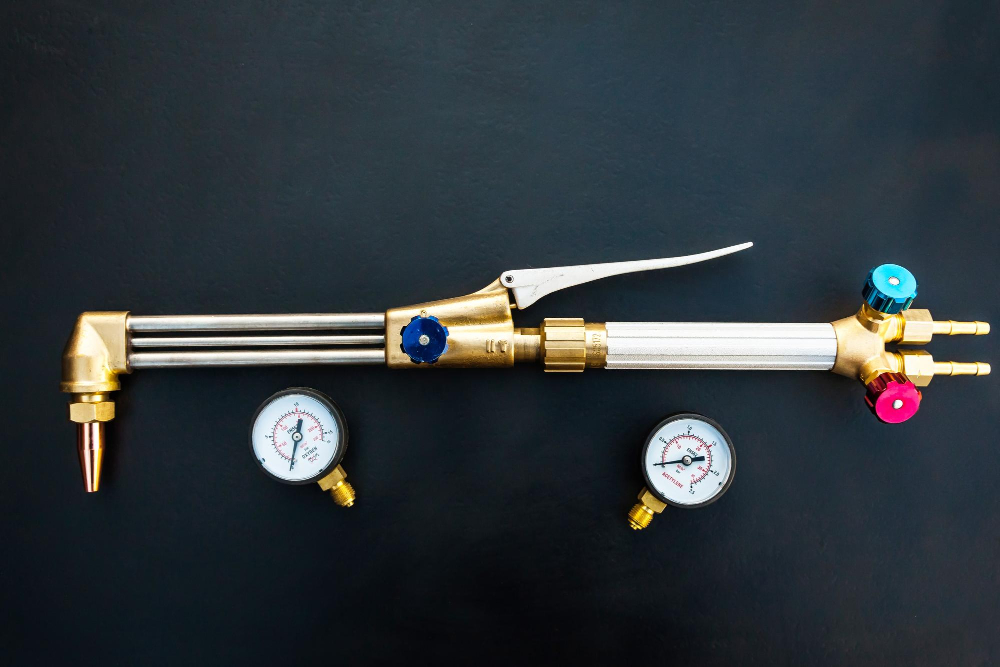
It involves heating the metal parts to be joined and melting a filler material, usually copper or silver-based, which then flows into the joint by capillary action. The process requires high temperatures of up to 800°C (1472°F) and specialized equipment such as an oxy-acetylene torch or brazing machine.
While brazing can create strong joints that are resistant to vibration and corrosion, it also has some drawbacks. For one thing, it’s time-consuming and requires skillful handling of the equipment for optimal results.
There’s always a risk of overheating delicate components like valves or sensors during brazing.
Moreover, Brazed connections may not be easy to undo if you need access later on for repairs or maintenance work.
Risks Associated With Brazing
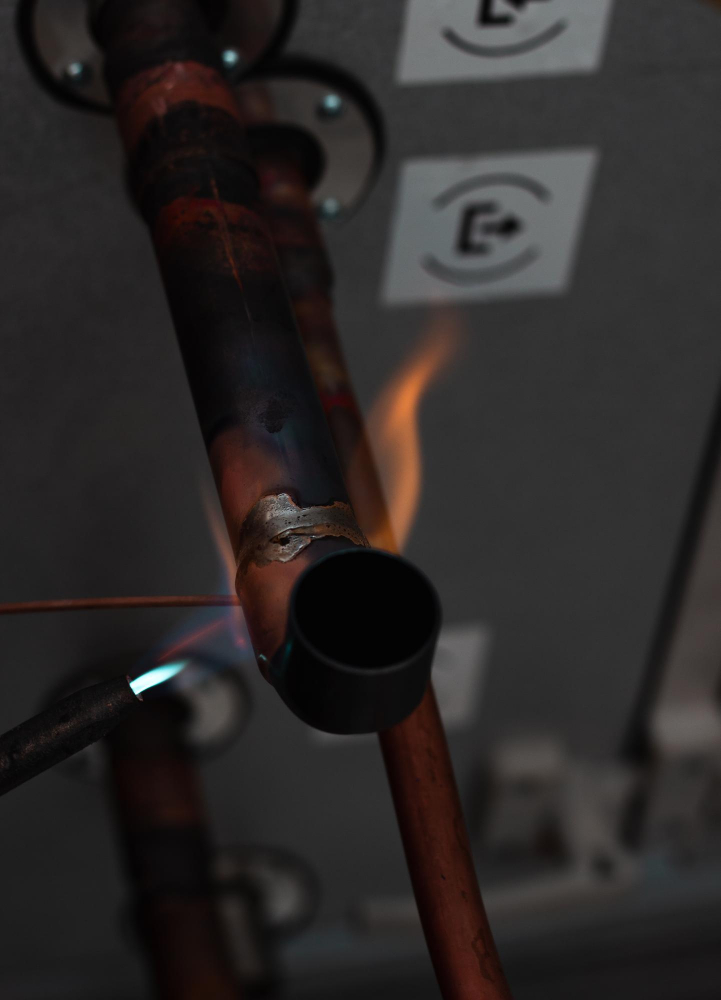
One of the most significant risks associated with brazing is overheating. When you apply too much heat to an AC line during brazing, it can cause damage to the surrounding components or even melt them entirely.
Another risk associated with brazing is contamination. If you don’t clean your equipment properly before starting the process, contaminants like oil or dirt can mix in with your braze material and weaken its strength over time.
Brazed joints are also more prone to leaks than other types of connections due to their rigid nature which makes them susceptible to vibration-induced fatigue failure.
Fortunately, there are alternative methods available that eliminate these risks while still providing secure connections between AC lines.
Soldering AC Lines

Soldering involves melting a metal alloy (solder) onto the joint between two AC lines using heat from an electric soldering iron or torch. The melted solder then cools and solidifies, creating a strong bond that can withstand high pressure and temperature.
One of the advantages of soldering over brazing is that it requires less heat, which means there’s less risk of damaging sensitive components in your AC system. You don’t need expensive equipment or specialized training to perform this task effectively.
However, it’s essential to note that not all types of solders are suitable for use with AC systems. You must choose the right type based on factors such as compatibility with copper tubing material used in most air conditioning systems.
Flaring and Swaging Techniques
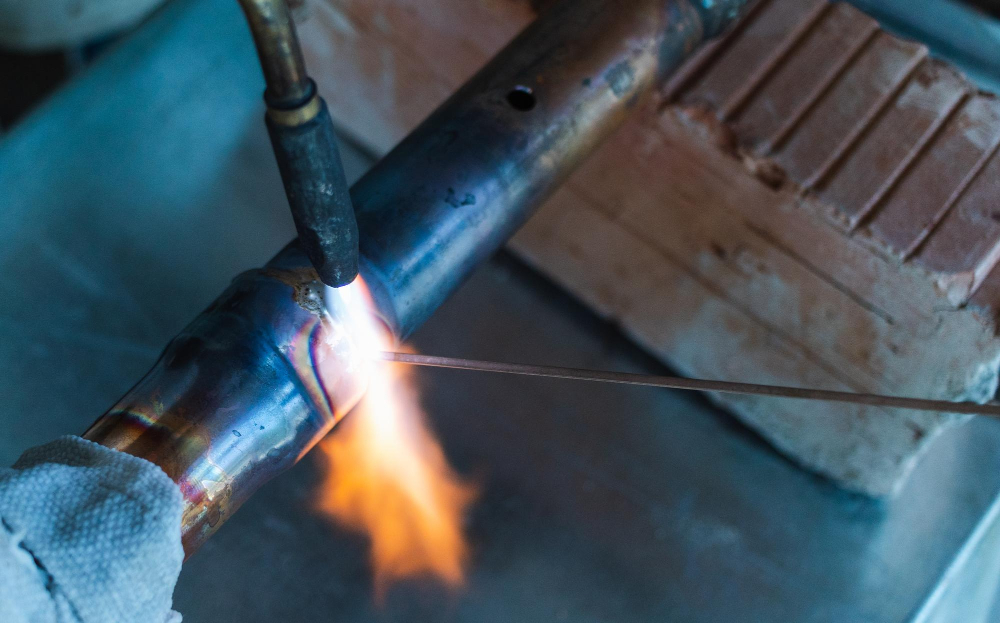
Flaring involves creating a cone-shaped end on the pipe, while swaging compresses the end of the pipe to fit into another tube. Both methods create a tight seal that prevents leaks and ensures efficient cooling.
Flaring is commonly used for copper pipes, while swaging is more suitable for aluminum tubes. To flare an AC line, you’ll need a flaring tool that can be adjusted according to your needs.
The process involves cutting the tube at 90 degrees with a tubing cutter or hacksaw blade before inserting it into the flaring tool’s clamp.
Swaging requires specialized tools such as hydraulic or manual expander kits that expand one end of an aluminum tube so it fits snugly inside another one.
Both techniques require precision and attention to detail when measuring and cutting pipes/tubes accurately before joining them together using either method. While these methods may seem daunting at first glance, they’re relatively easy once you get familiar with their respective tools’ usage instructions.
Compression Fittings for AC Lines
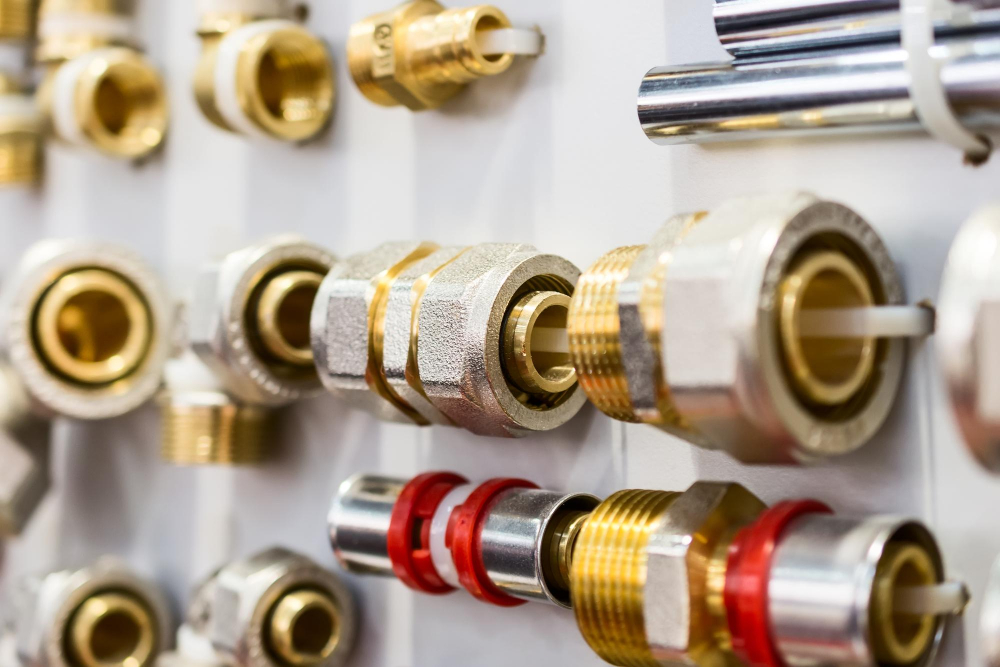
They work by compressing a ferrule onto the pipe, creating a tight seal that prevents leaks and ensures efficient cooling. Compression fittings are easy to install and require minimal tools, making them an ideal choice for DIY enthusiasts or those looking for a quick solution.
One of the main advantages of compression fittings is their versatility. They can be used with various types of pipes, including copper, aluminum, and plastic tubing.
This makes them an excellent option if you’re working with different materials in your AC system.
However, it’s essential to note that compression fittings may not be suitable for high-pressure applications as they may leak under extreme pressure conditions. Improper installation can lead to leaks or other issues down the line.
Pro-Fit Quick Connect Technology
This innovative technology allows for quick and easy connections without the need for brazing or soldering. The Pro-Fit system uses a patented locking mechanism that securely connects copper, aluminum, and brass pipes with just a few simple steps.
One of the main advantages of Pro-Fit Quick Connect Technology is its ease of use. With no need for specialized tools or equipment, even novice DIY enthusiasts can install this system quickly and efficiently.
Because there’s no heat involved in the connection process, there’s less risk of damage to surrounding components.
Another benefit is that it reduces installation time significantly compared to traditional brazing methods while still ensuring optimal performance levels are achieved.
AC Smart Seal External Fittings
These fittings use a patented technology that creates an external seal on the line, eliminating the need for brazing altogether. The process is simple and straightforward, making it ideal for DIY enthusiasts or technicians who want to save time and money.
One of the main advantages of using AC Smart Seal External Fittings is that they can be installed quickly without requiring any special tools or equipment. All you need is a wrench and some thread sealant, which makes this method much more accessible than traditional brazing techniques.
Another benefit of using these fittings is their reliability. They create an air-tight seal around your AC lines that prevents leaks from occurring over time due to temperature changes or vibrations in your system.
Fixquick: A Brazing Alternative
It’s a two-part epoxy adhesive designed to bond copper, brass, and aluminum AC lines without the need for heat or flame. Fixquick offers several benefits over traditional brazing methods, including faster installation times and lower costs.
To use Fixquick, you’ll need to clean and dry the surfaces of your AC lines thoroughly before applying it. Then mix equal parts of resin and hardener together until they form a uniform color.
Apply this mixture onto one surface of your AC line using an applicator brush or spatula.
Next, press both surfaces together firmly for at least five minutes while maintaining pressure until curing occurs (usually within 24 hours). Once cured completely after 24 hours at room temperature (or less if heated), you can test your connection by performing a pressure test on the system.
While Fixquick may not be suitable for all applications due to its limited strength compared with other joining methods like welding or compression fittings; it’s still an excellent option when working with small diameter pipes where high-pressure loads are not expected.
Rapid Locking System for AC Lines
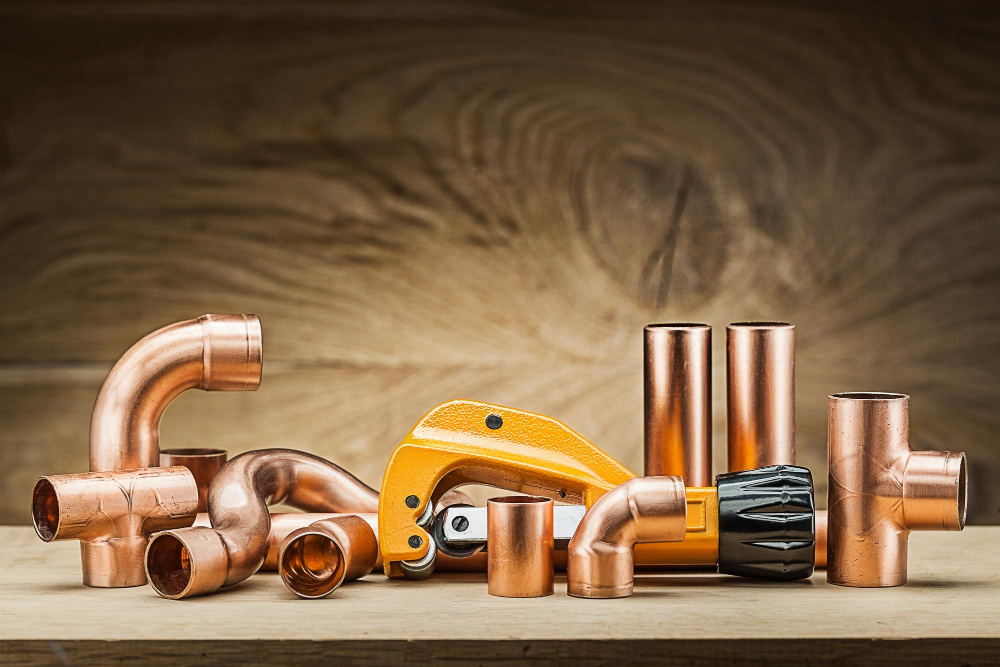
This system uses specially designed fittings that can be easily connected without the need for any special tools or equipment. The fittings are made of high-quality materials that ensure durability and long-lasting performance.
One of the main advantages of using this system is its ability to create leak-free connections quickly. With traditional brazing methods, it can take hours to complete just one connection, but with the Rapid Locking System, you can connect multiple lines in minutes.
Another benefit is that this method does not require any heat source or open flame which eliminates potential fire hazards associated with brazing techniques. There’s no need for nitrogen purging as required by some other joining methods.
Mechanical Couplings and Clamps
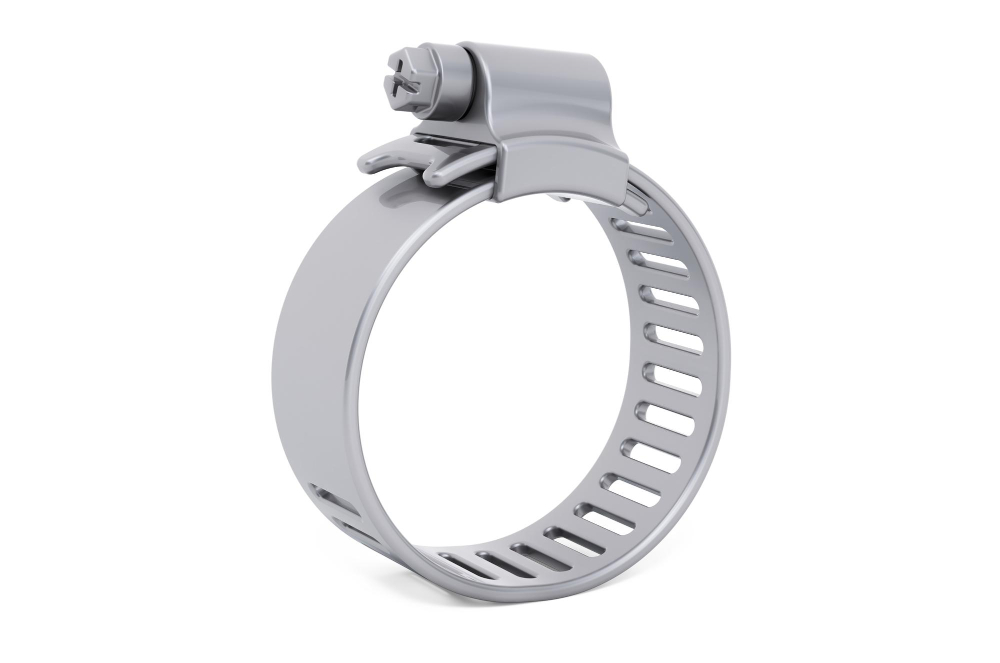
These devices use a compression fitting that tightens around the pipe, creating a secure seal without the need for heat or solder. Mechanical couplings and clamps come in various sizes, materials, and designs to fit different types of pipes.
One advantage of using mechanical couplings is their ease of installation. They require no special tools or skills other than tightening them with a wrench or pliers.
This makes them an ideal option for DIY enthusiasts who want to save money on professional installation fees.
Another benefit is their versatility in connecting different types of pipes such as copper, aluminum, steel, PVC among others which can be difficult when brazing due to differences in melting points.
However it’s important not only choose the right size but also ensure that they meet industry standards before installing them since some may not be suitable for high-pressure systems like those used in commercial buildings.
Press and Crimp Systems
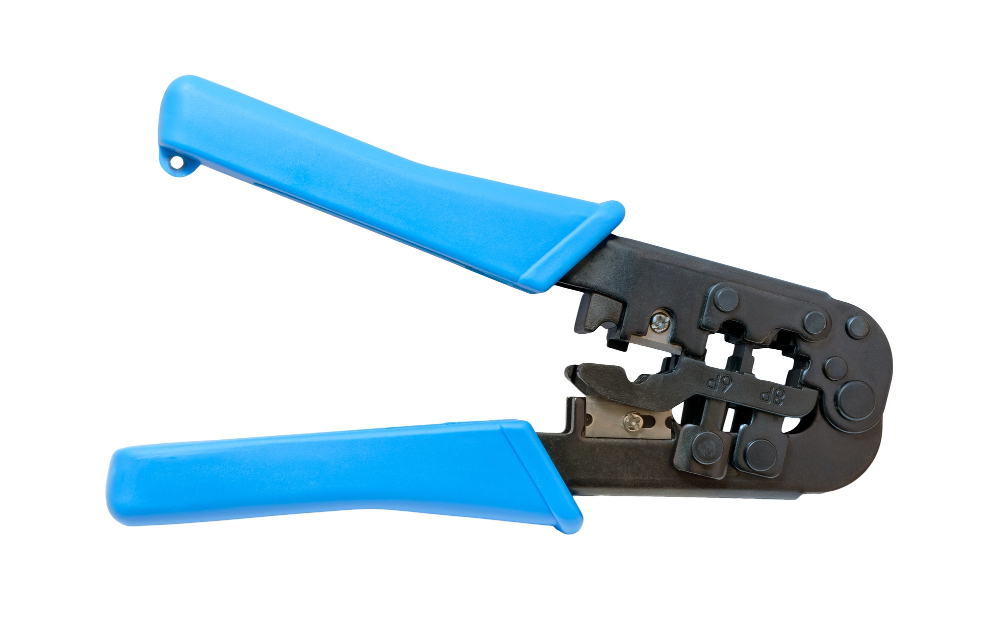
These methods involve using specialized tools to compress fittings onto the ends of the AC lines, creating a secure seal without any heat or flames. Press and crimp systems have become increasingly popular in recent years due to their ease of use, speed, and reliability.
One significant advantage of press and crimp systems is that they require minimal preparation time compared to other joining methods such as brazing or soldering. With these techniques, you don’t need any special skills or training; all you need is a compatible tool kit with appropriate dies for your specific application.
Another benefit of press and crimp systems is that they produce clean connections without leaving behind any residue from fluxes or solders used in traditional joining methods like brazing. This means less maintenance work required over time since there’s no risk of corrosion buildup on the joints.
Polymer-Based Sealants and Adhesives
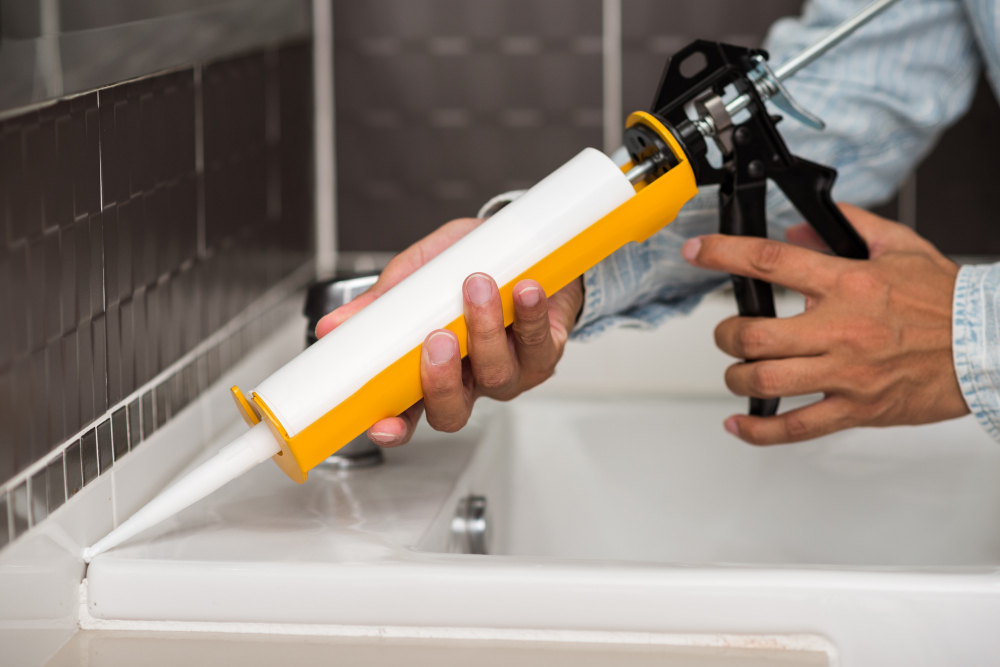
These products offer a quick, easy, and cost-effective solution for joining copper pipes without the need for heat or special tools. Polymer-based sealants work by filling gaps between pipe joints with a flexible material that hardens over time to create a strong bond.
One of the benefits of using polymer-based sealants is their ability to withstand high pressure and temperature changes in an AC system. They also provide excellent resistance against leaks caused by vibration or movement in the pipes.
When using polymer-based sealants, it’s important to choose one that is specifically designed for use with copper pipes in HVAC systems. Follow manufacturer instructions carefully when applying these products as they can be messy if not used correctly.
Ultrasonic Welding for AC Lines
This method uses high-frequency vibrations to create heat that melts the plastic material of the AC line, fusing it together without any additional materials or chemicals.
One of the main advantages of ultrasonic welding is its speed. It can join two pieces in just seconds, making it an ideal choice for large-scale projects where time is critical.
This technique produces strong and durable joints that are resistant to leaks and corrosion.
However, there are some limitations when using ultrasonic welding on AC lines. For instance, this method works best with thermoplastic materials such as PVC or polypropylene but may not be suitable for other types like nylon or rubber hoses commonly used in automotive applications.
Laser Welding of AC Lines
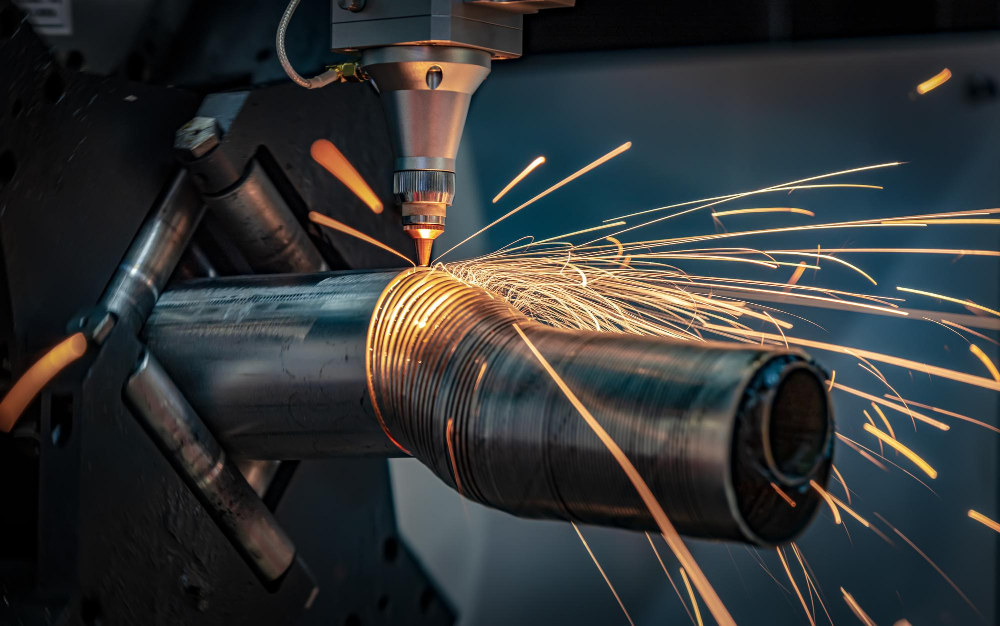
It involves using a high-powered laser beam to melt and fuse metal parts together, creating a strong bond without the need for additional materials or soldering. Laser welding of AC lines offers several advantages over traditional brazing methods, including precision and speed.
One of the main benefits of laser welding is its ability to create clean, precise welds with minimal heat input. This means that there’s less risk of damaging surrounding components or causing thermal stress on sensitive parts like compressors or evaporators.
Another advantage is speed – laser welding can be completed quickly compared to other joining techniques such as brazing which requires more time-consuming preparation work before it can be done properly.
However, it’s important to note that not all metals are suitable for laser welding; some may require pre-treatment before they can be welded effectively. This method requires specialized equipment and trained professionals who have experience working with lasers in an industrial setting.
Induction and Resistance Welding
Induction welding uses electromagnetic induction to heat the metal parts, while resistance welding applies pressure and electrical current to create a bond between the metals.
Both methods offer several advantages over traditional brazing techniques. They require less time, equipment, and materials than brazing does.
They produce stronger bonds with fewer risks of leaks or contamination.
However, it’s important to note that these methods may not be suitable for all types of AC systems or materials used in them. It’s crucial to consult with an HVAC professional before attempting any alternative joining method on your own.
There are various effective alternatives available for connecting AC lines without resorting to costly and time-consuming brazing techniques.
Friction Stir Welding in AC Systems
This method involves using a rotating tool to generate heat and friction, which softens the metal and allows it to be joined without melting. The softened metal is then stirred together, creating a strong bond between the two pieces.
One of the benefits of friction stir welding for AC systems is its ability to join dissimilar metals with ease. This means that if you have copper lines connecting your indoor unit to your outdoor unit but need aluminum lines for an extension or repair job, you can use this technique instead of brazing.
Another advantage of friction stir welding over traditional brazing methods is its lower heat input. Brazing requires high temperatures that can damage surrounding components or even cause fires if not done correctly.
Friction stir welding generates less heat and does not require any filler material like brazing does.
Epoxy Bonding for AC Lines
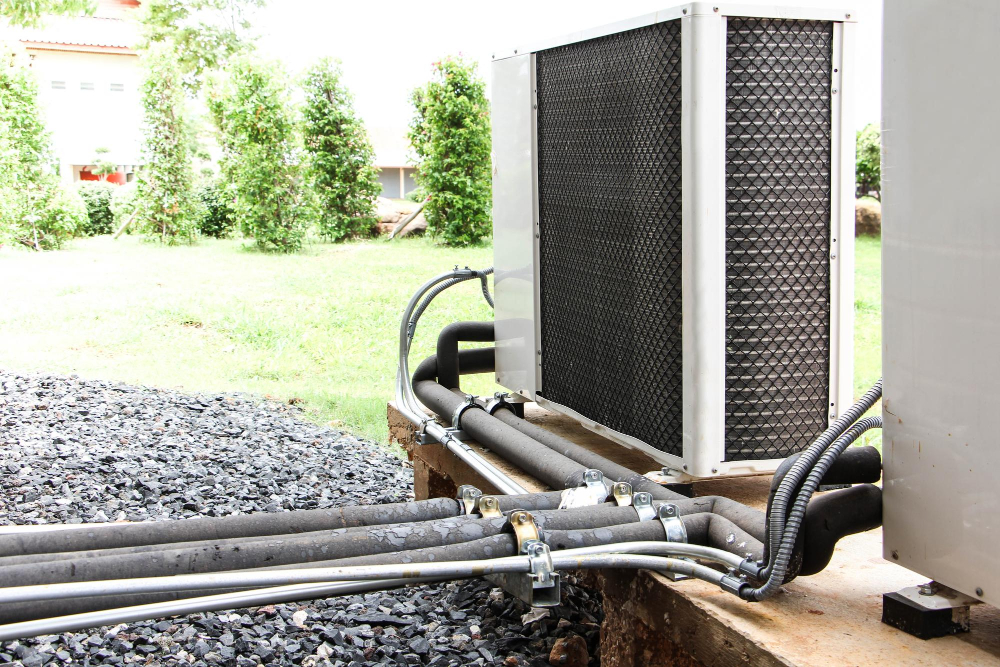
This technique involves using a two-part epoxy adhesive to bond the AC lines together, creating a strong and durable connection.
One of the main advantages of epoxy bonding is its ability to create an air-tight seal, preventing any leaks or loss of refrigerant gas. It’s relatively easy and quick to apply compared to brazing or soldering methods.
However, it’s important to note that not all epoxies are suitable for use with AC systems. It’s crucial only to use high-quality epoxies specifically designed for HVAC applications as they can withstand extreme temperatures and pressures without breaking down over time.
Choosing the Right Alternative Method

The best approach is to consider factors such as cost, ease of installation, durability and compatibility with your existing system.
For instance, if you’re looking for a quick and easy solution that doesn’t require special tools or training, compression fittings or Pro-Fit Quick Connect Technology may be ideal options. On the other hand, if you want a more permanent solution that offers superior strength and leak resistance over time while still being compatible with various materials like copper or aluminum tubing then Fixquick could be an excellent choice.
It’s also essential to consider any potential risks associated with each alternative method before making a final decision. For example: some methods may not work well in high-pressure systems; others might require additional maintenance over time.
Ultimately choosing the right alternative method comes down to understanding what works best for your unique situation based on budget constraints as well as performance requirements – but rest assured there are plenty of options available!
FAQ
Should AC lines be soldered or brazed?
AC lines should be brazed, as the temperatures and pressures in refrigerant piping systems necessitate it to prevent leakage.
What can I use to braze refrigerant lines?
You can use oxy-fuel kits containing oxygen and acetylene to braze refrigerant lines.
Can you use regular solder on refrigerant lines?
Yes, you can use low-temperature tin/silver solders on refrigerant lines, as they have higher strength and ductility suitable for most residential HVAC connections.
What are the best practices for joining refrigerant lines without brazing?
Best practices for joining refrigerant lines without brazing include utilizing mechanical connections, such as flare fittings or Lokring.
How does the performance of alternative methods compare to brazing for AC line connections?
In comparison to brazing, alternative methods for AC line connections often exhibit lower performance levels in terms of joint strength and leak resistance.
Are there any safety concerns associated with using alternative methods to brazing for connecting AC lines?
Yes, utilizing alternative methods to brazing for connecting AC lines can pose safety concerns due to the potential for leaks and system failures.
Recap
Liked this article? Here's what you can read next:
